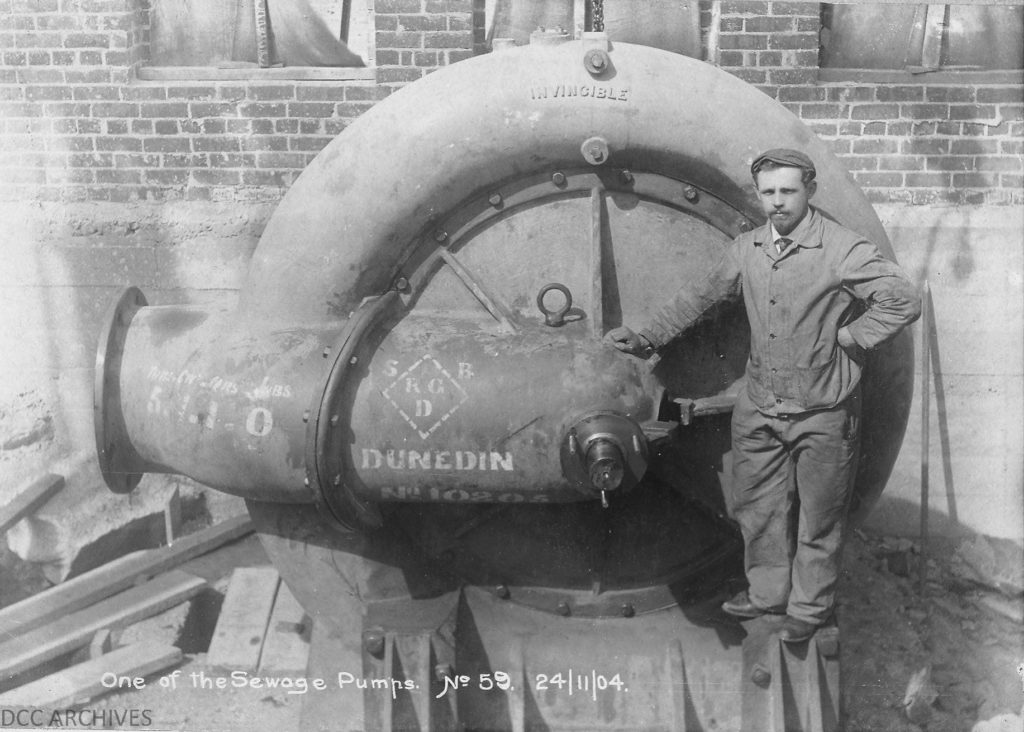Thanks for reading. Please subscribe if you’d like the next letter in your inbox.
(notes on) The Leadership Pipeline
Despite its title, this book did not improve my leadership skills.
It was more valuable than a collection of tips and tricks. This book helped me plan my career path by forecasting the unique pressures that confront leaders in each level of the hierarchy.
The key premise is simple. There are seven different layers of leadership, and they are fundamentally different from each other. Success after a promotion does not merely require more from one’s previous position. Each step requires a qualitatively different type of work.
The book describes the responsibilities from (1) leading oneself (2) leading others (3) leading leaders … all the way to (7) the top of a global mega-corp. In my career, I’ve had few opportunities to manage staff. By becoming an OPM, I suddenly skipped a whole level, jumping from leading myself to leading leaders, without the intermediate step of leading others.
By naming the hierarchies and their specific pressures, the book gave foresight into this unique position. It also prepared me for navigating the hierarchical governmental organization, quite a change from my time in small firms. It made me aware of the challenges that confront our client agencies and my own management team.
The greater empathy for my supervisors has framed my internal dialogue concerning what I want to with my career. Going from architect to OPM was an obvious paradigm shift. However, I couldn’t have guessed that paradigm shifts of similar magnitude accompany each step up within the division.
Promotions obviously come with greater stress and commitments. Less obviously, promotions include a sacrifice of enjoyable work tasks.
In private practice, such tradeoffs are cushioned by financial compensation, but pay grades in the public sector is constrained. Is the extra stress worth just a nominal bump? The higher status is nice, but is it worth giving up pleasurable tasks at work?
The Leadership Pipeline is highly recommended for someone who has recently entered management. The practices that helped us reach the next level won’t automatically translate to success. Excellence in management is achieved by adjusting properly to these new realities. This book gives fair warning that each step up the ladder involves a paradigm shift of fundamental responsibilities.
There is another concept from the book that I’ve often pondered. It recommends that companies develop a parallel technical track for promoting individuals who don’t want to join the ranks of management. I’m happy that I hopped into management, but architecture would be greatly served by developing clearer career paths for technical folks who have no interest in managing other humans. In private practice, it often feels that technical proficiency is merely optional. Architects are devalued within our own profession, and I have no idea how to fix this problem.
~
One Question
How do you manage the tradeoffs of changing responsibilities as you’ve earned promotions up the leadership pipeline? Have you ever turned down a promotion?
Hit reply and let’s chat!
~
Three Links
The Growth EQ has a good post about using Science, History, and Practical experience to evaluate the suggestions of others.
Five questions from Seth Godin to knock you out of the comfort zone, especially if you’re in a rut tackling little tasks with raw efficiency.
Loes Heerink has a stunning photo series of merchants with bicycles overloaded with produce and flowers.
… and a photo.

~
Thanks for reading the OPM letter! I’d love to have a conversation if you have any feedback. I hope you found some prompts to stretch your craft and relationships as a curious Owner PM. See you next week!
Stay humble, be kind, and keep experimenting!
Justus Pang, RA